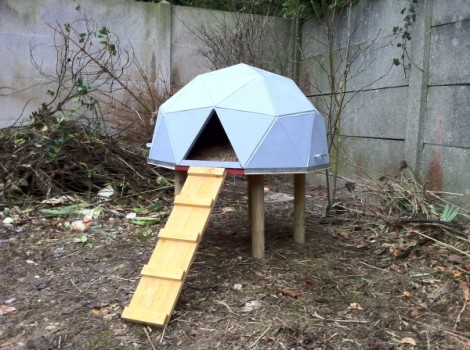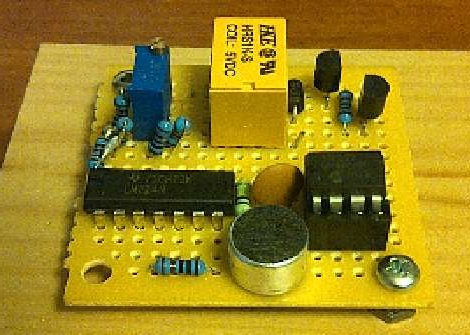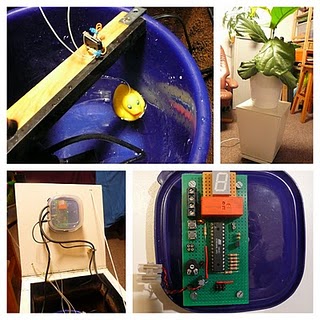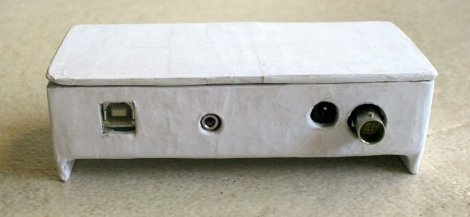
[Anthony’s] chickens happily return to roost each night thanks to the spacious house he built for them. Sadly the geodesic dome never became the home of the future despite what the people were promised. But using a bit of unorthodox joinery you can create enclosures for your chickens or other animals in need of shelter.
The construction begins with 30 isosceles triangles and nine equilateral triangles which he cut from solid wood on a chop saw. To join the pieces he used metal banding and screws, which hold the edges close together but allow them to flex. This solved the problem of precision mitres at the edge of each wood piece. Once the dome was fully assembled he filled the joints with caulk and finished it with rubber roofing compound.
Our only question is: how’s he going to automate the door of the coop?
















